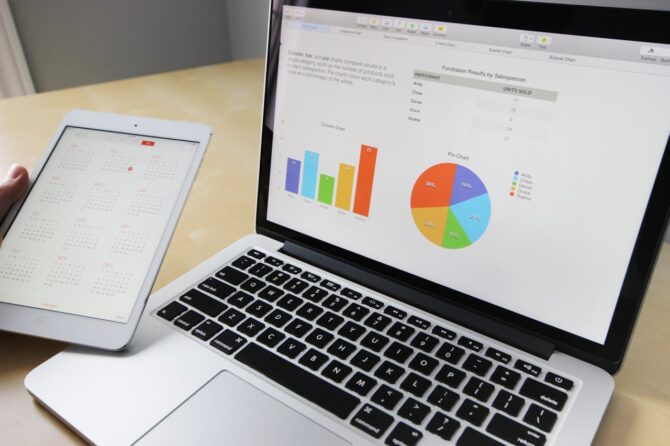After an interview, sending a thoughtful follow-up email can leave a lasting impression on your potential employer. It shows gratitude, reinforces your interest in the role, and keeps the conversation going. ChatGPT can be a helpful tool to write a personalized, natural follow-up email, allowing you to save time while still crafting a tailored message. Here’s how to do it:
Step 1: Take Notes During the Interview
Before you use ChatGPT to write your follow-up email, jot down a few key points during or immediately after the interview. This will help make your email more personalized and specific.
- Professional Topics: Write down any topics discussed related to the job, such as key responsibilities, challenges, or the company’s goals.
- Personal Connection: Note anything personal that was mentioned, such as shared interests, hobbies, or personal stories.
- Key Answers to Your Questions: Record the important answers your interviewers gave to your questions, particularly those that stood out to you or deepened your interest in the role.
Example notes:
- The interviewer mentioned the team’s focus on expanding into new markets.
- You both enjoyed talking about traveling, and the interviewer shared they recently visited Italy.
- The company values innovation and collaboration, which aligns with your experience at [company].
Step 2: Open ChatGPT
Start by accessing ChatGPT through your preferred platform, whether it’s on a website or a chatbot interface.
Step 3: Provide ChatGPT with Context
To ensure that ChatGPT generates a highly relevant and personalized email, provide it with some context. Include the following:
- The Interview Details: Mention the company name, the role you interviewed for, and any relevant information.
- Your Notes: Share the key points you wrote down about the interview, both professional and personal, as well as answers to your questions.
- Tone Preference: Specify if you want the tone to be formal, semi-formal, natural, or casual based on your understanding of the company culture and the nature of the interview.
Example prompt: “Hi ChatGPT, I had an interview for the Director of Sales position at XYZ Corp. The interviewer and I discussed the company’s expansion into new markets, and we also talked about how they value innovation. The interviewer shared that they recently traveled to Italy, which we both enjoyed talking about. Could you help me write a follow-up email with these details in a semi-formal but natural tone?”
Step 4: Review and Edit the Generated Email
ChatGPT will generate a draft of your follow-up email based on the context and notes you provided. Review the email to ensure it accurately reflects your conversation and matches your desired tone.
Key things to check:
- Personalization: Ensure that the email mentions the personal connection and professional discussions you had during the interview.
- Gratitude: The email should express sincere thanks for the interviewer’s time and consideration.
- Interest in the Role: Reinforce your enthusiasm for the position and how you feel your skills and experience align with the company’s goals.
- Clarity and Politeness: Double-check for clarity, conciseness, and proper etiquette. A polite tone can make a big difference in how you are perceived.
Example generated email:
Subject: Thank You for the Interview – Director of Sales Position
Hi [Interviewer’s Name],
I wanted to take a moment to thank you for the opportunity to interview for the Director of Sales role at XYZ Corp. It was a pleasure learning more about the team’s vision and the exciting plans for expanding into new markets. I was particularly drawn to the company’s emphasis on [example: innovation and collaboration], which closely aligns with my experience and passion for driving growth in dynamic environments.
It was also great connecting with you on a personal level. I loved hearing about your recent trip to Italy! I’m always excited to hear about new travel experiences and definitely added a few places to my bucket list.
I remain very enthusiastic about the possibility of contributing to XYZ Corp and would love the opportunity to work with such a forward-thinking team. Please don’t hesitate to reach out if you need any additional information from me.
Thank you again for your time and consideration, and I look forward to hearing from you soon.
Best regards,
[Your Name]
Step 5: Fine-Tune and Send
Once you’re happy with the email, make any final adjustments to ensure the tone and content perfectly match your style and the impression you want to leave. Double-check for any grammatical or spelling errors before hitting “send.”
Final Tip: If you’d like to keep the process even more streamlined, consider using ChatGPT to draft multiple versions of your email based on slight variations in tone or focus. This allows you to choose the one that resonates best with you.
By following these steps, you can use ChatGPT to efficiently create a follow-up email that is both natural and personalized, helping you stand out as a thoughtful and attentive candidate.











